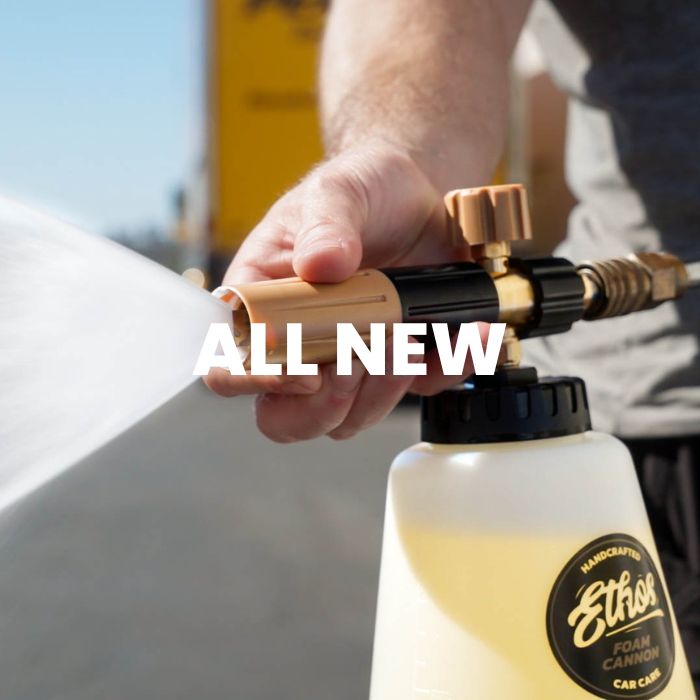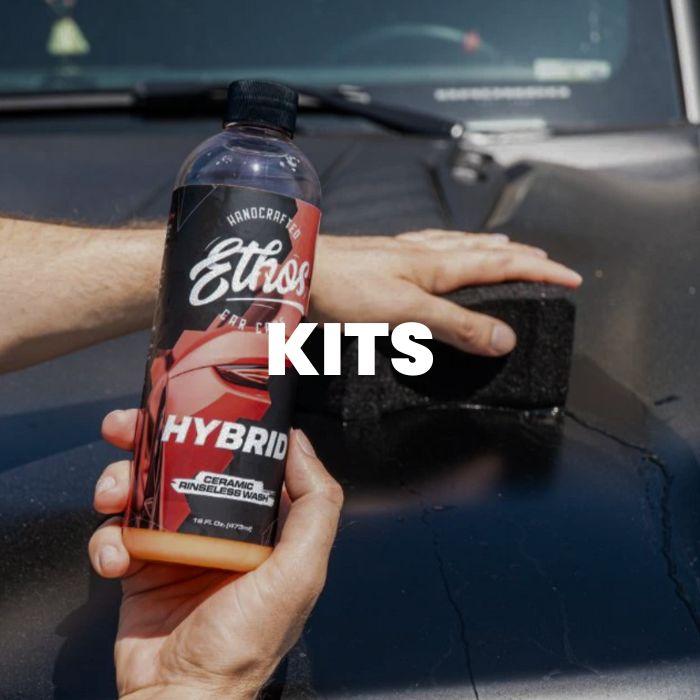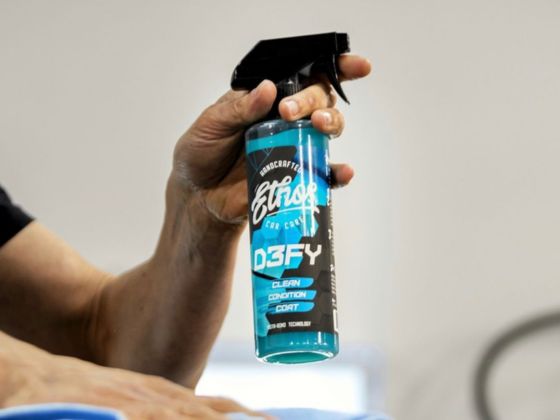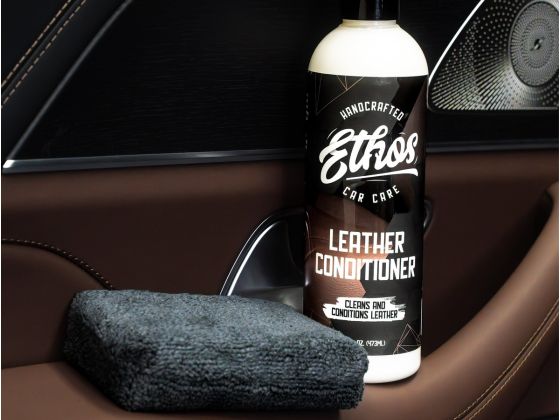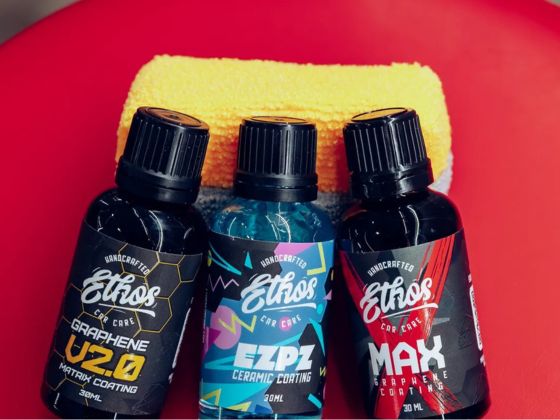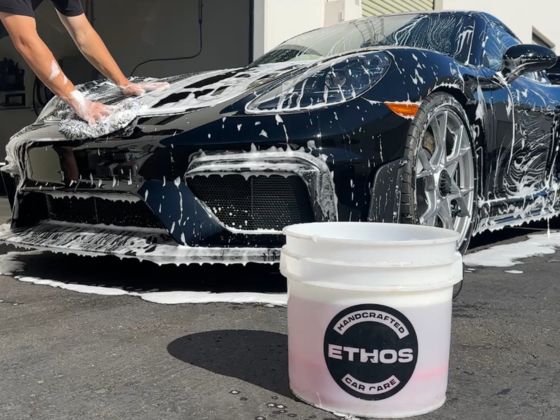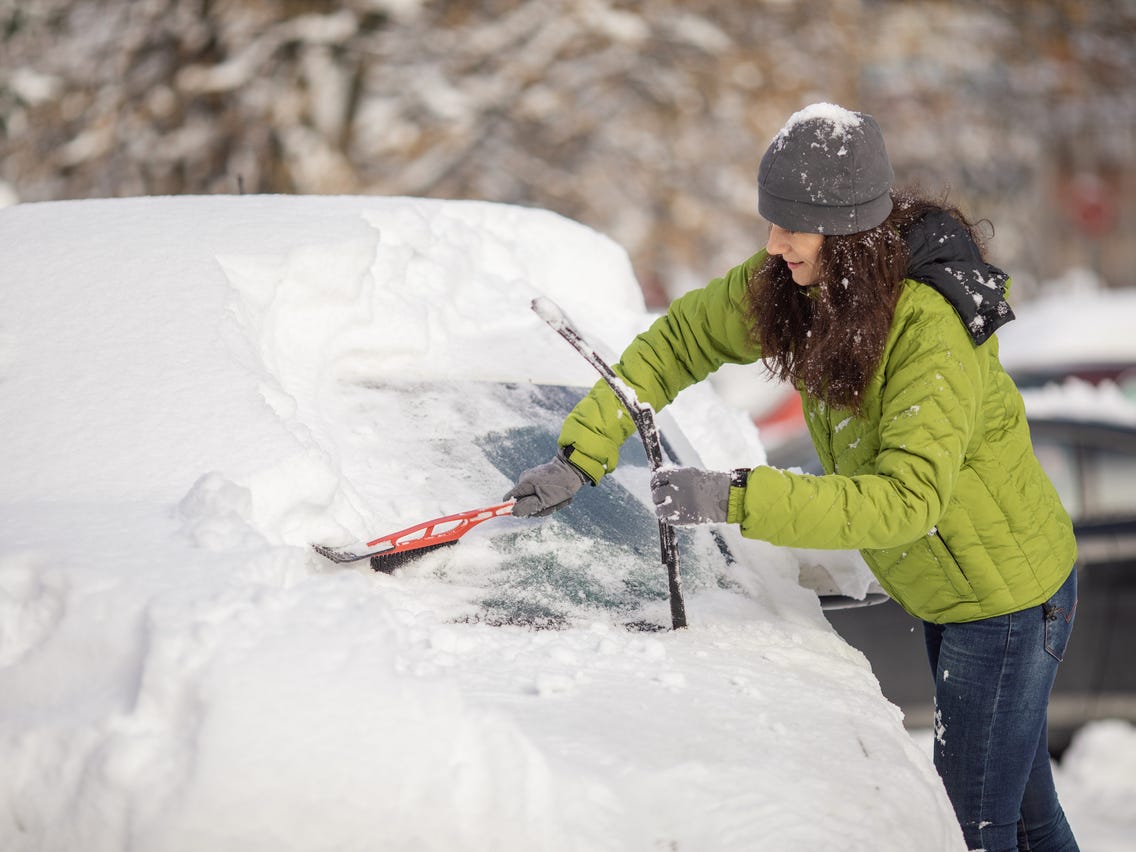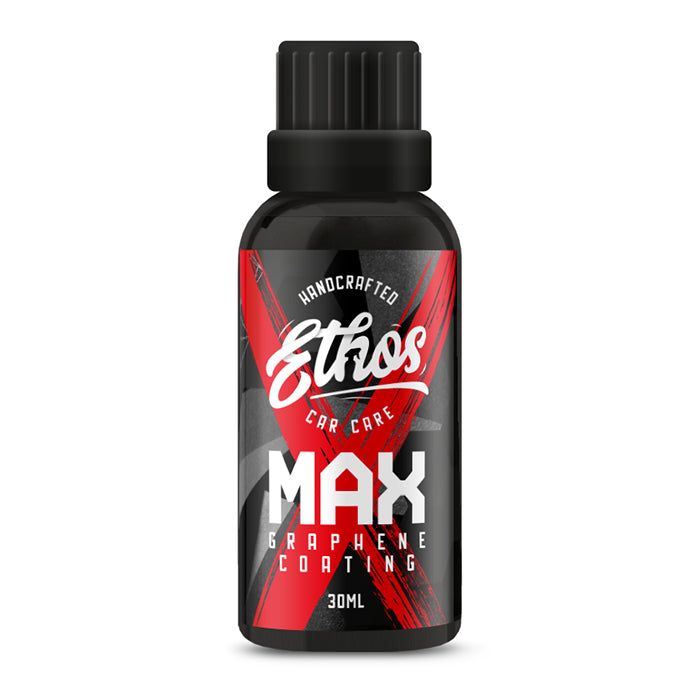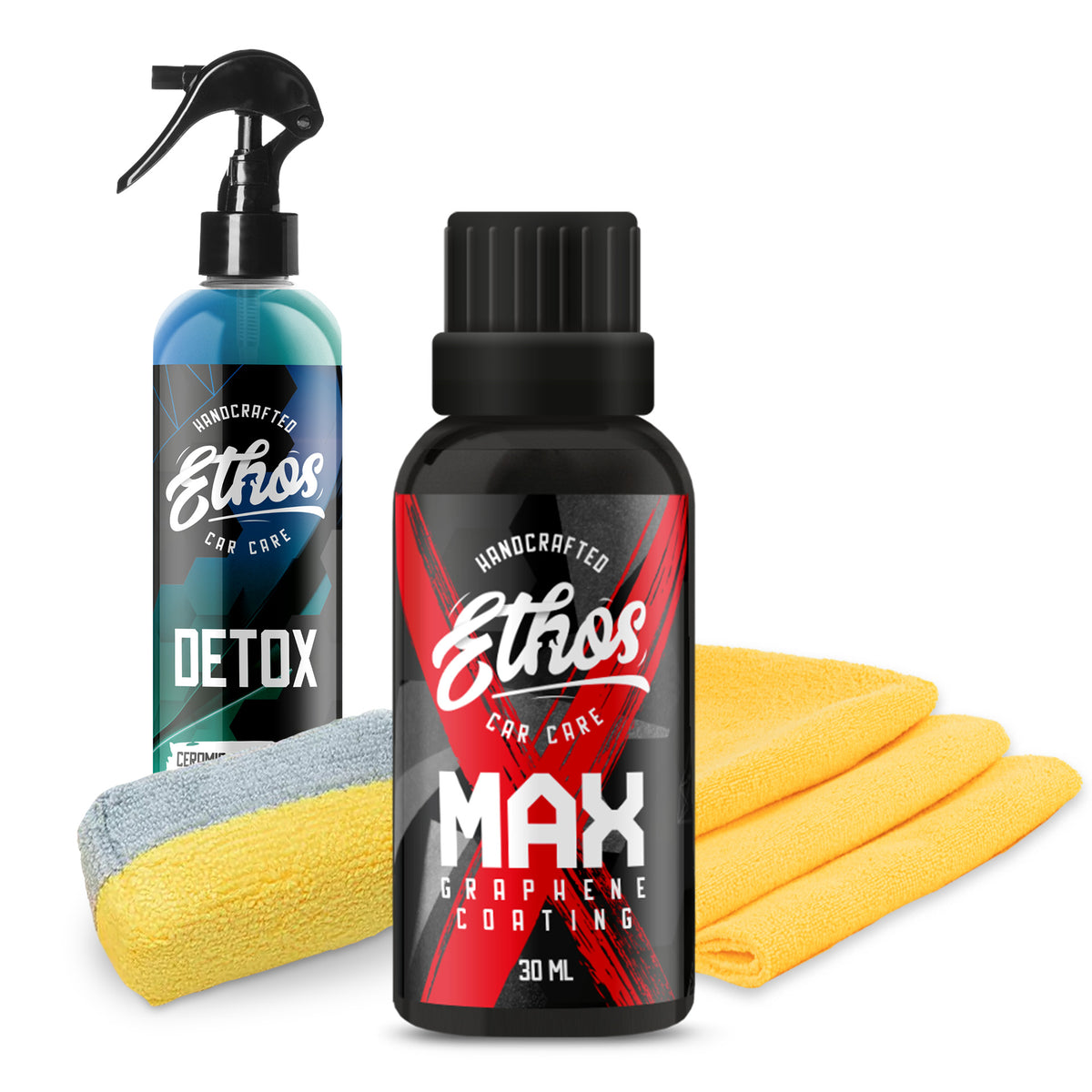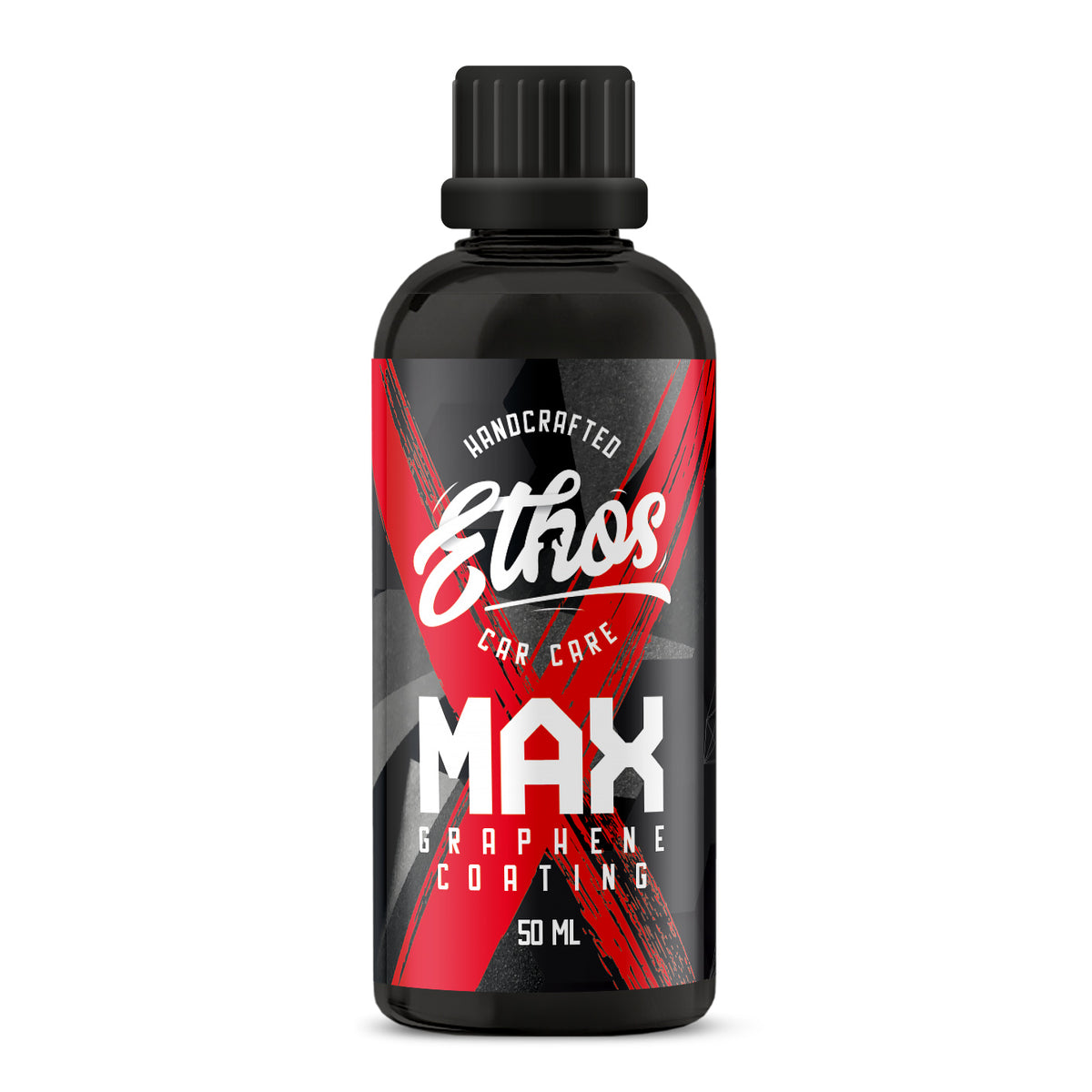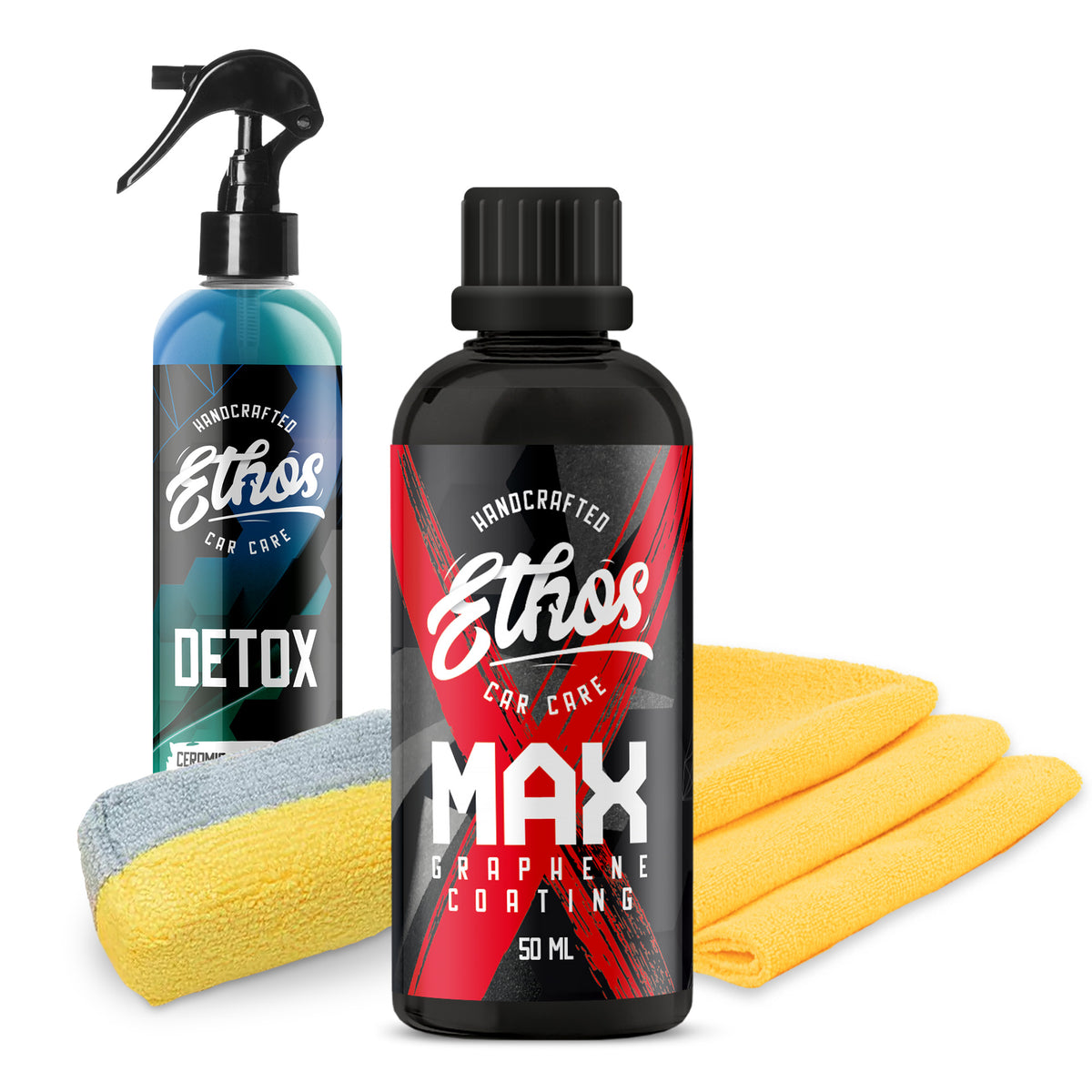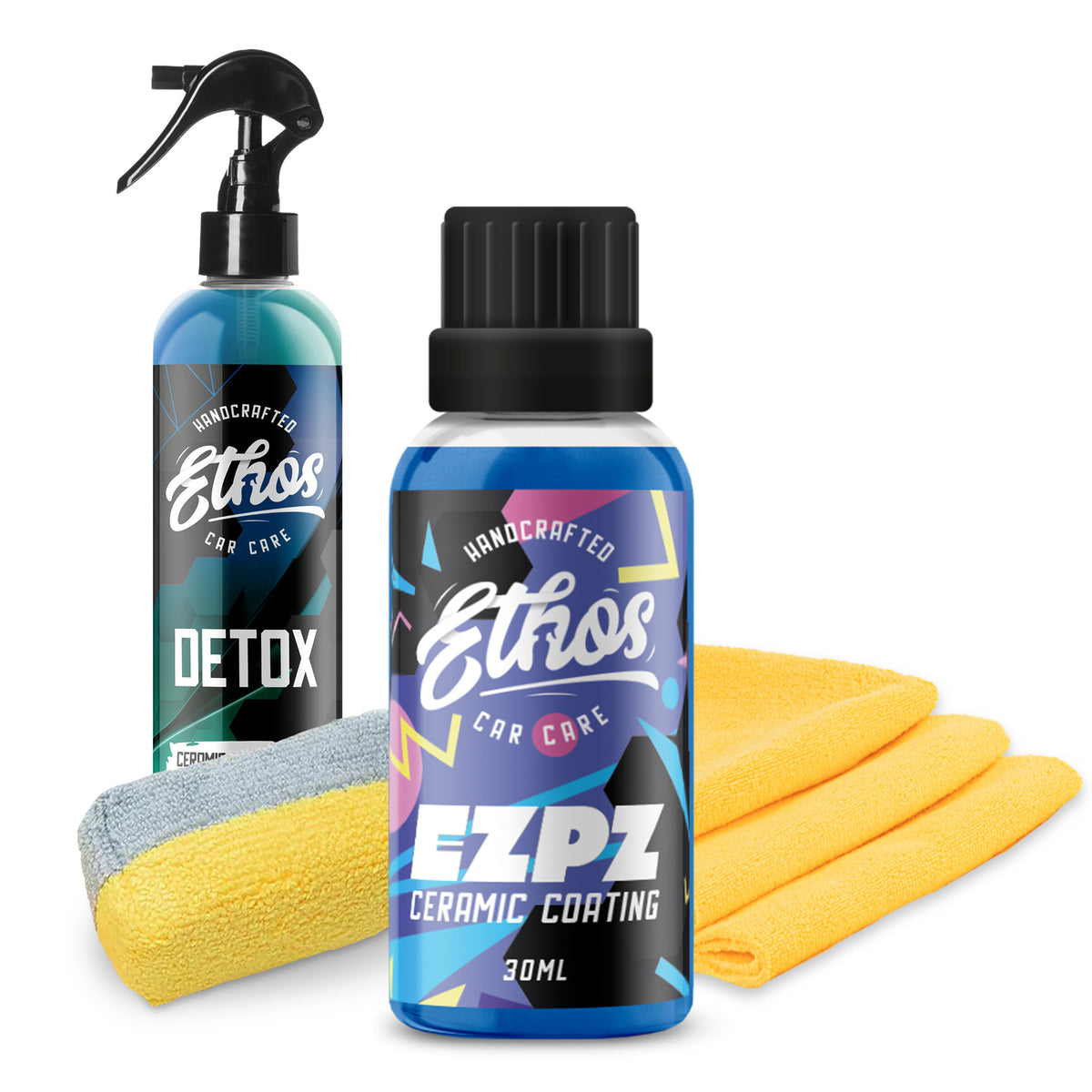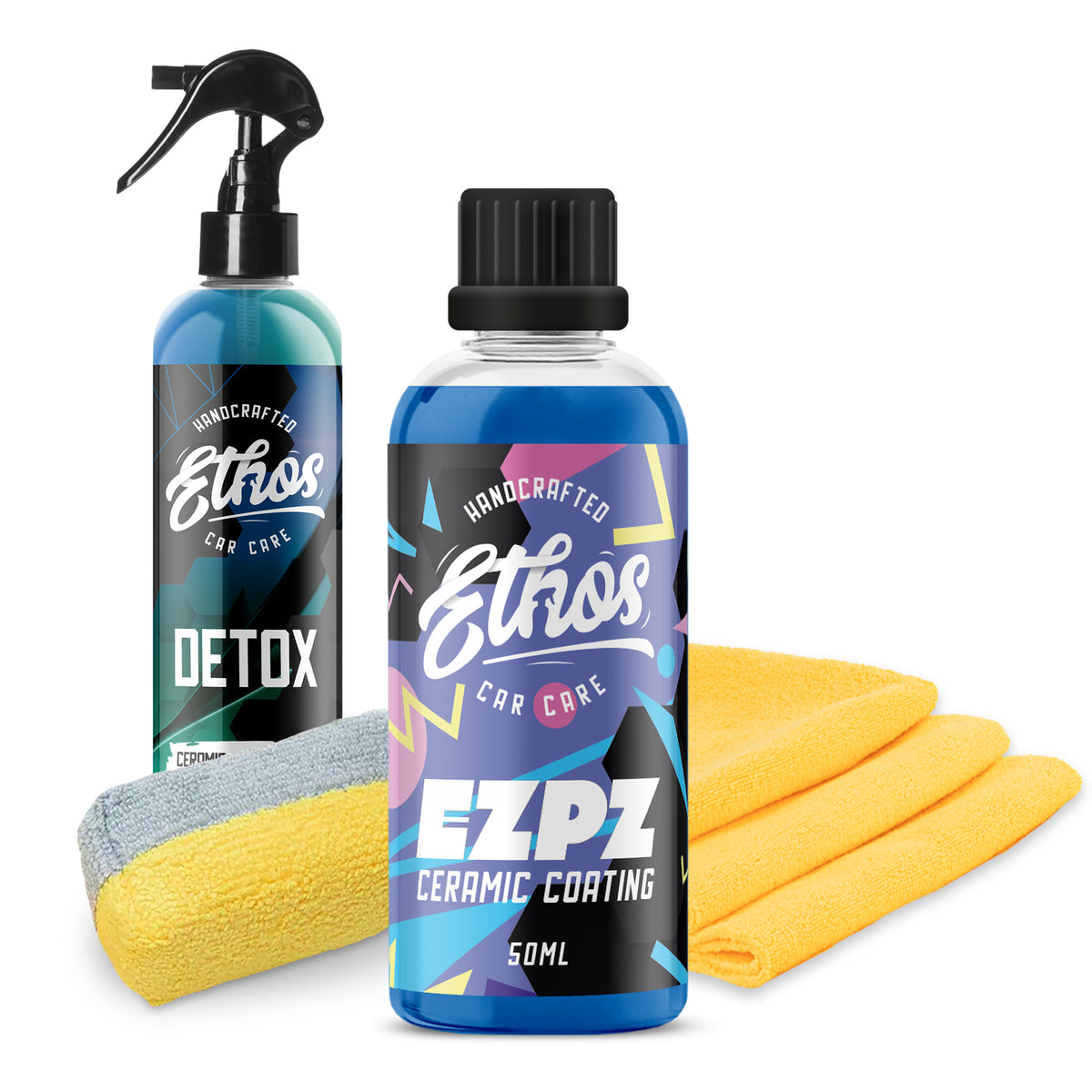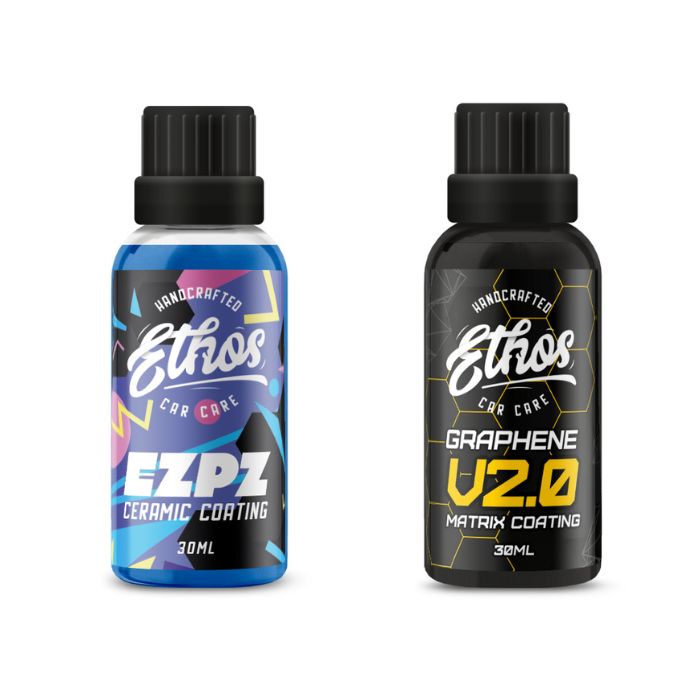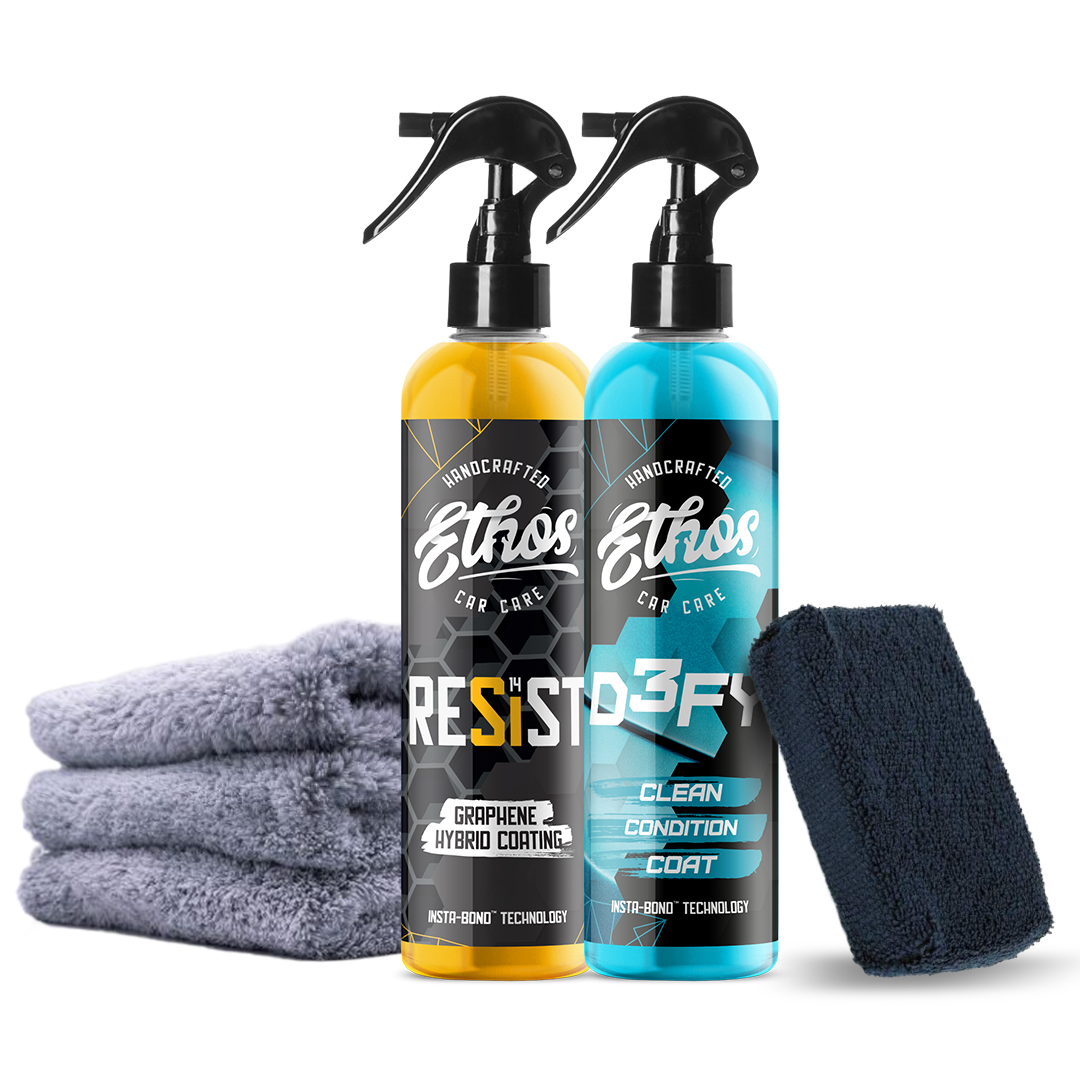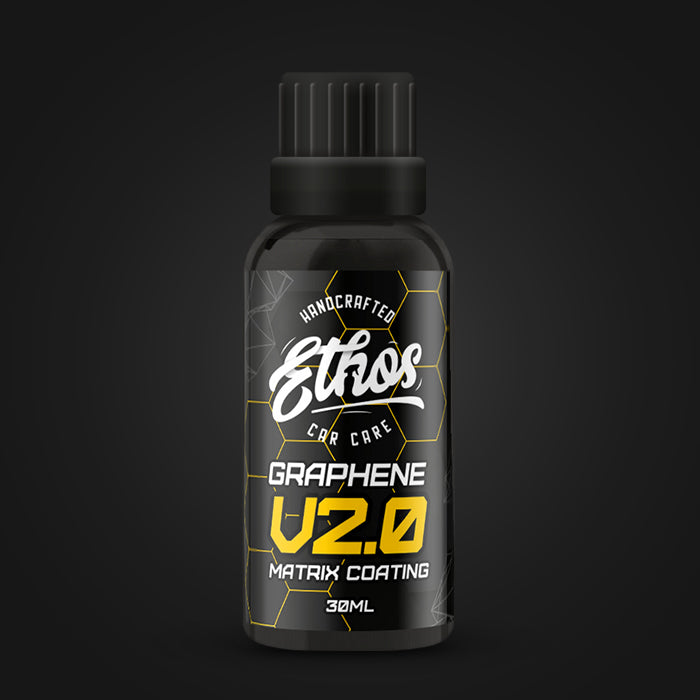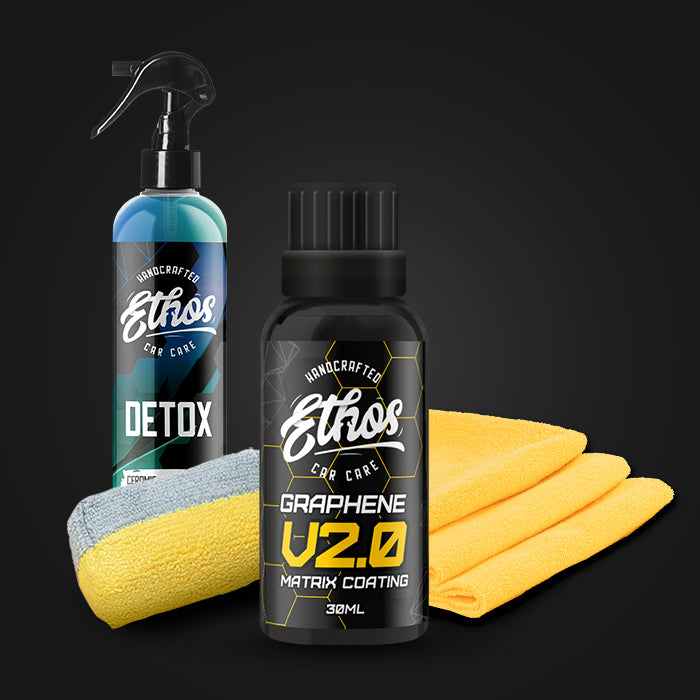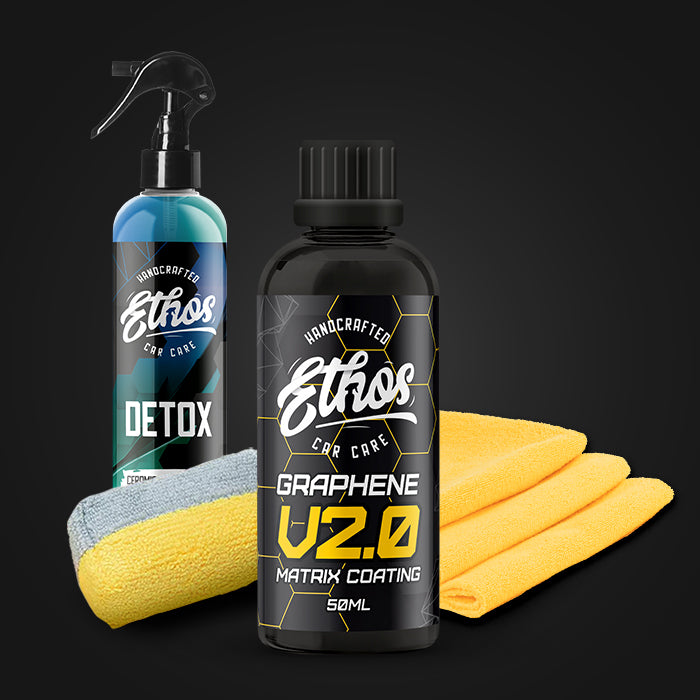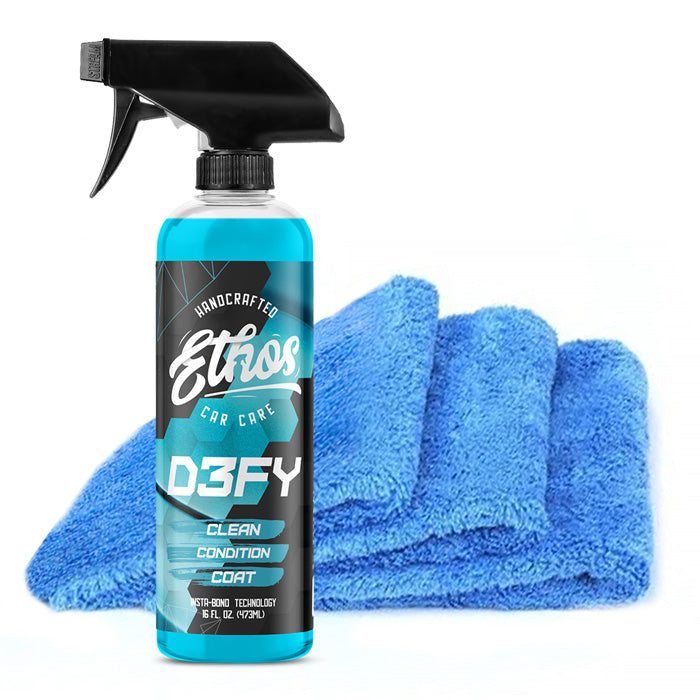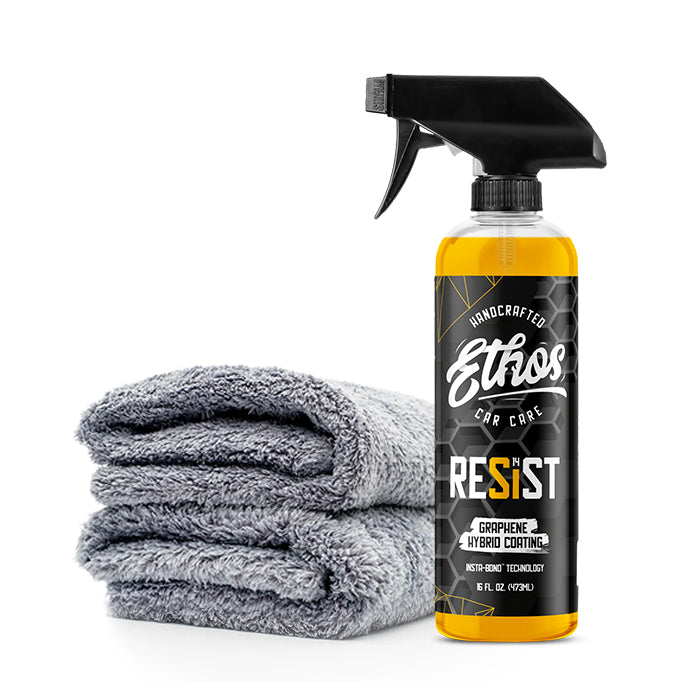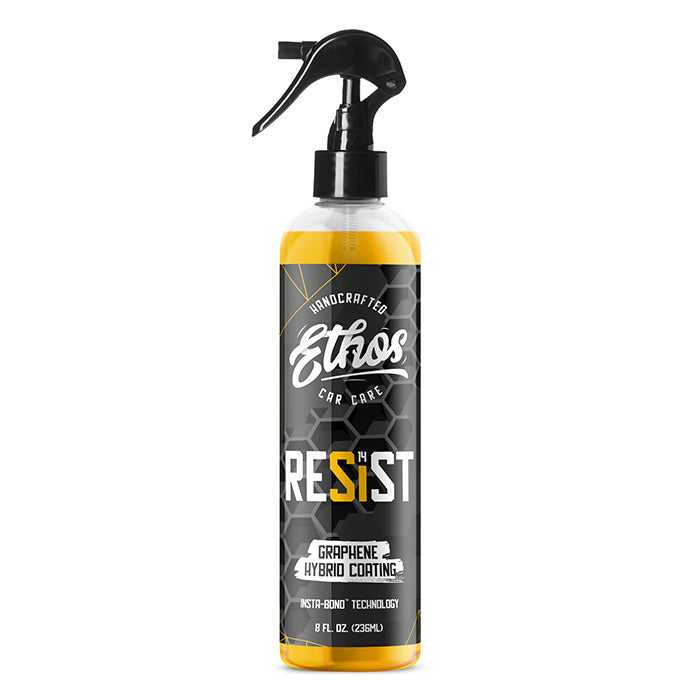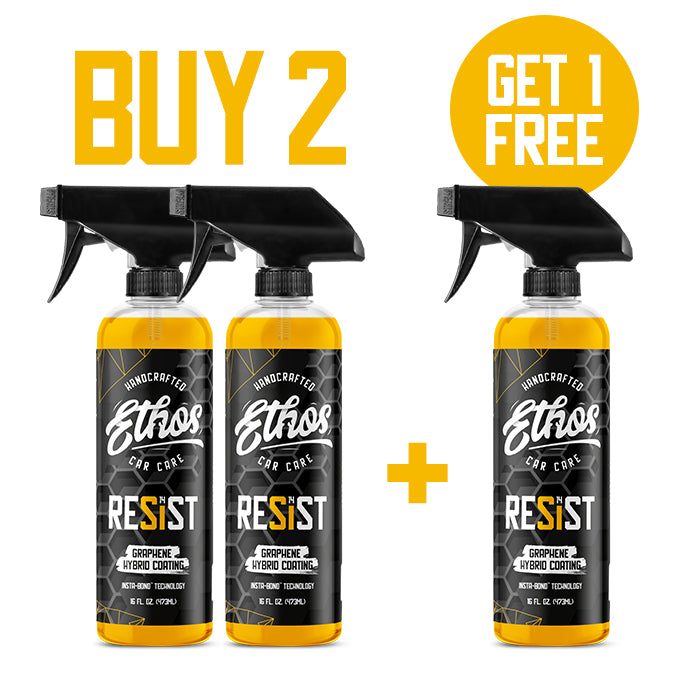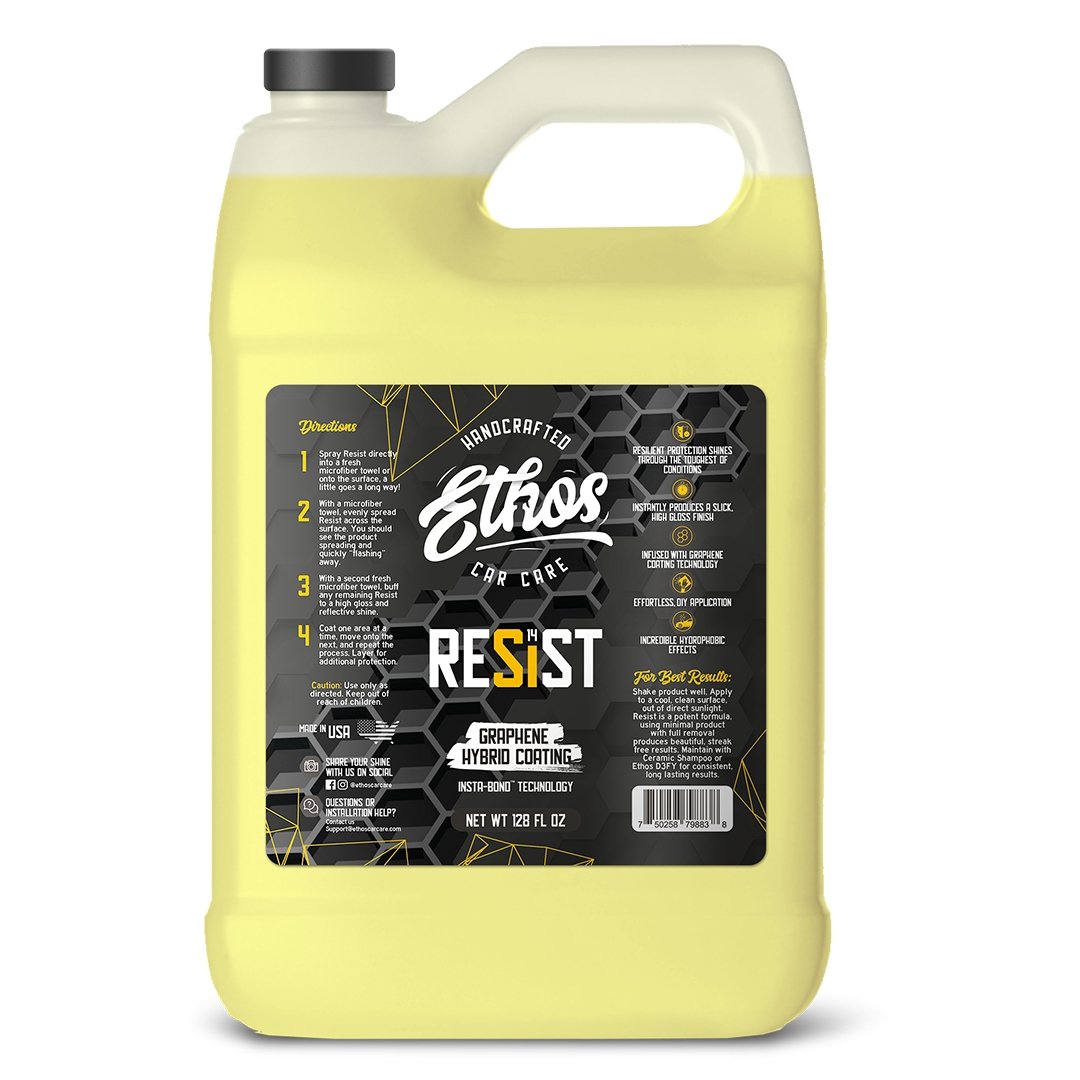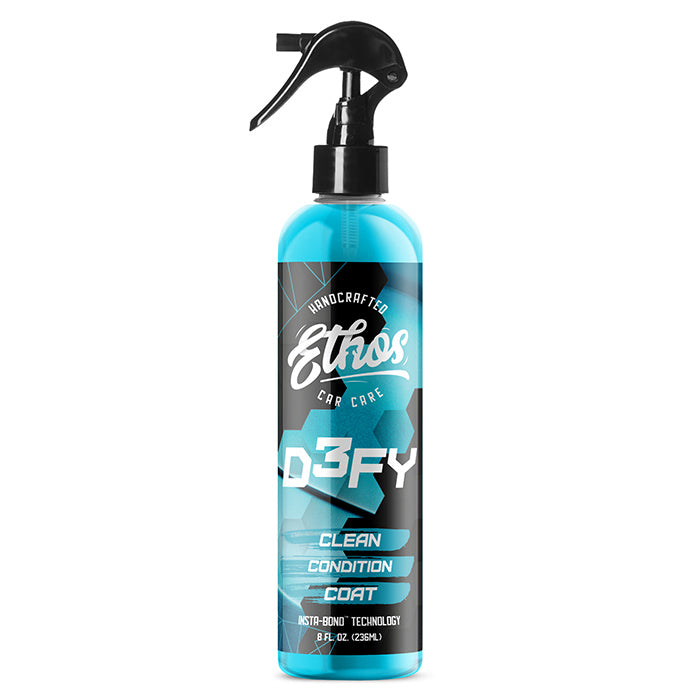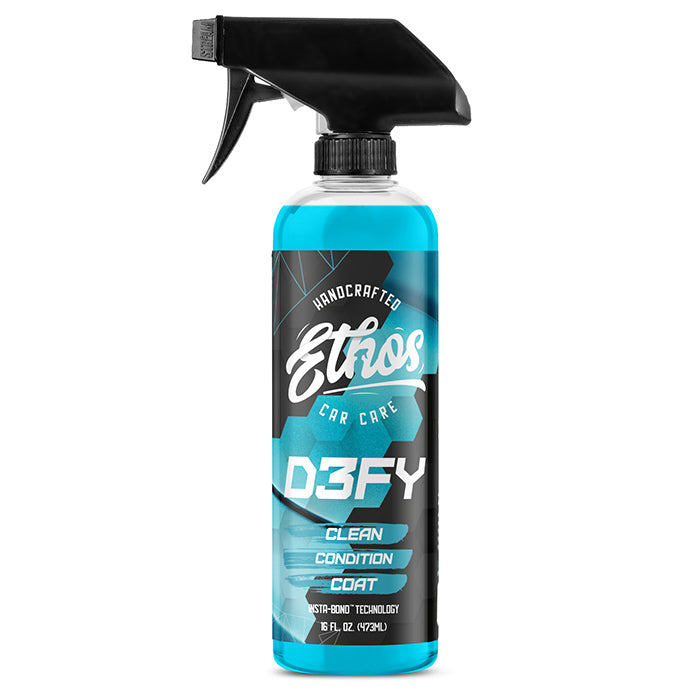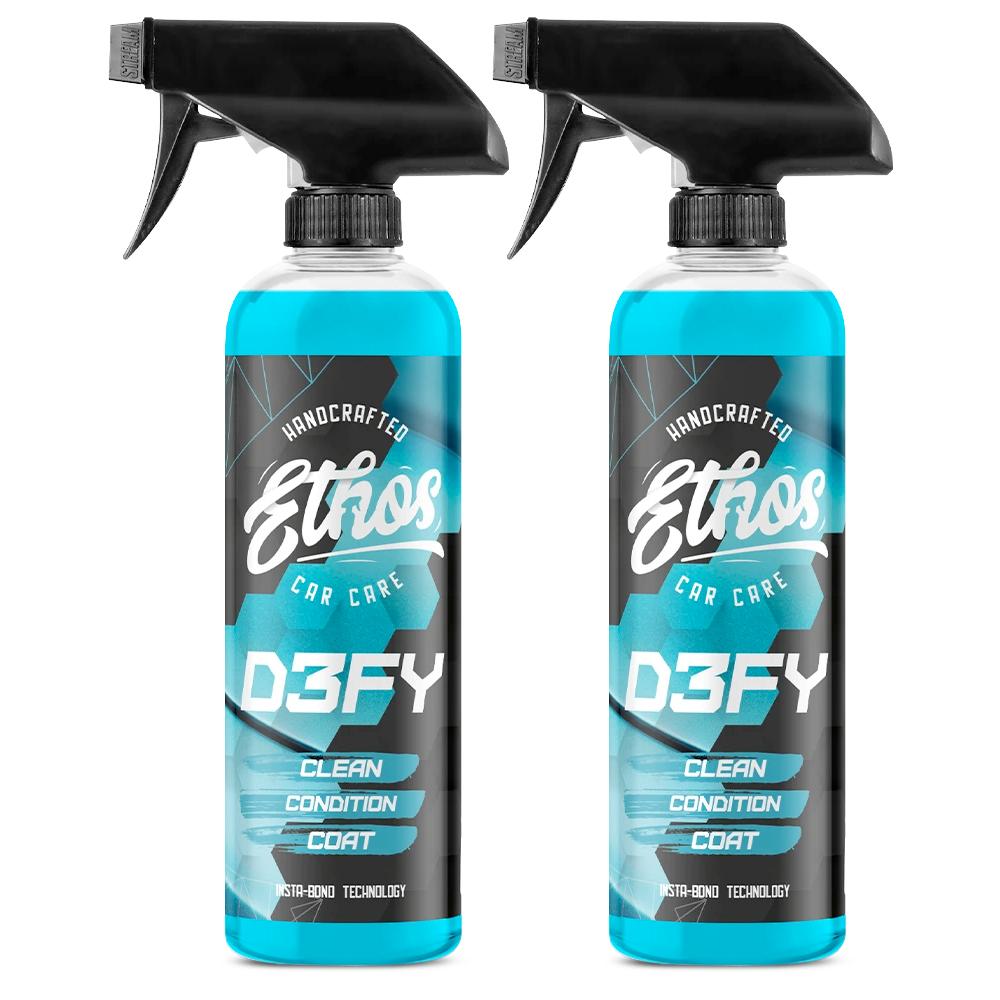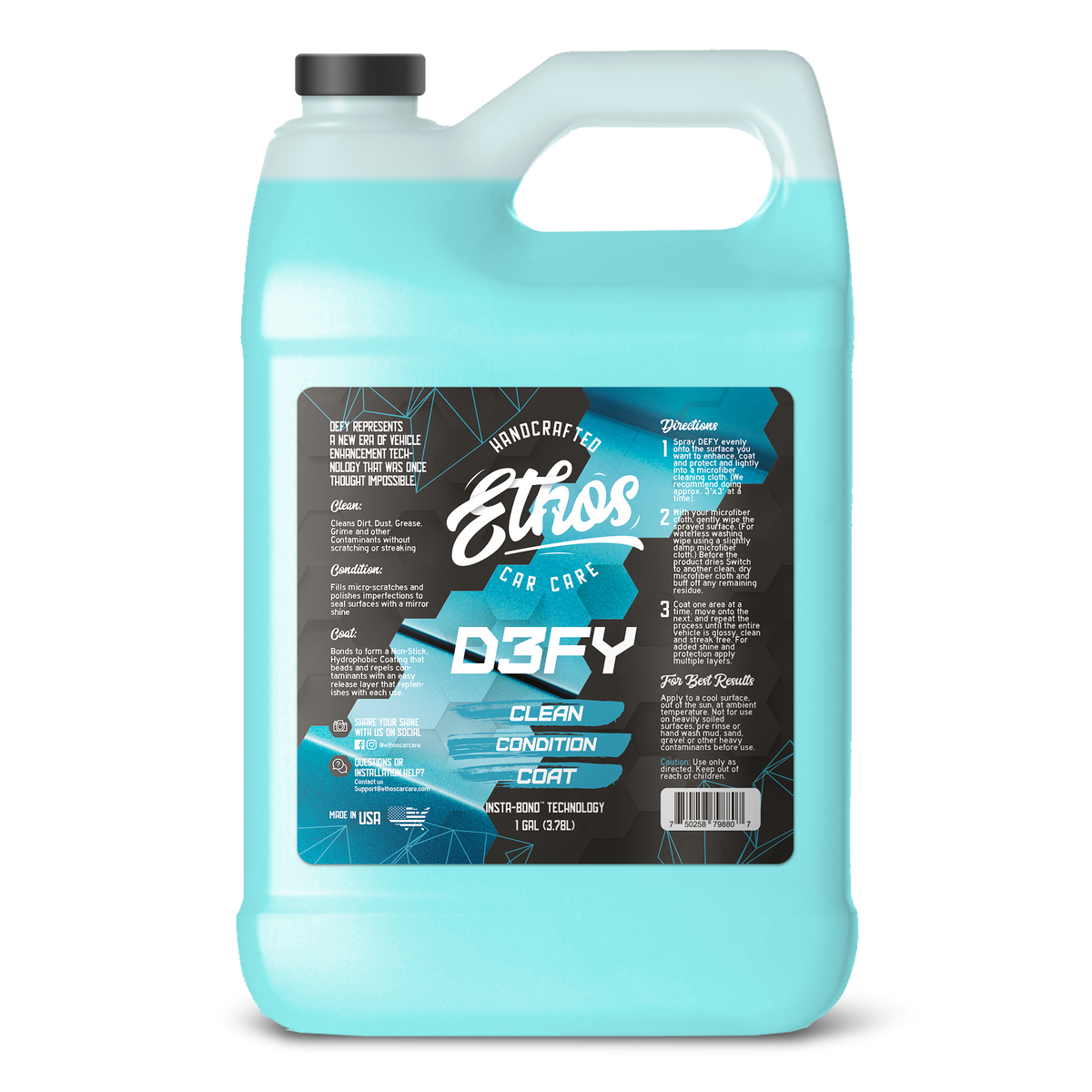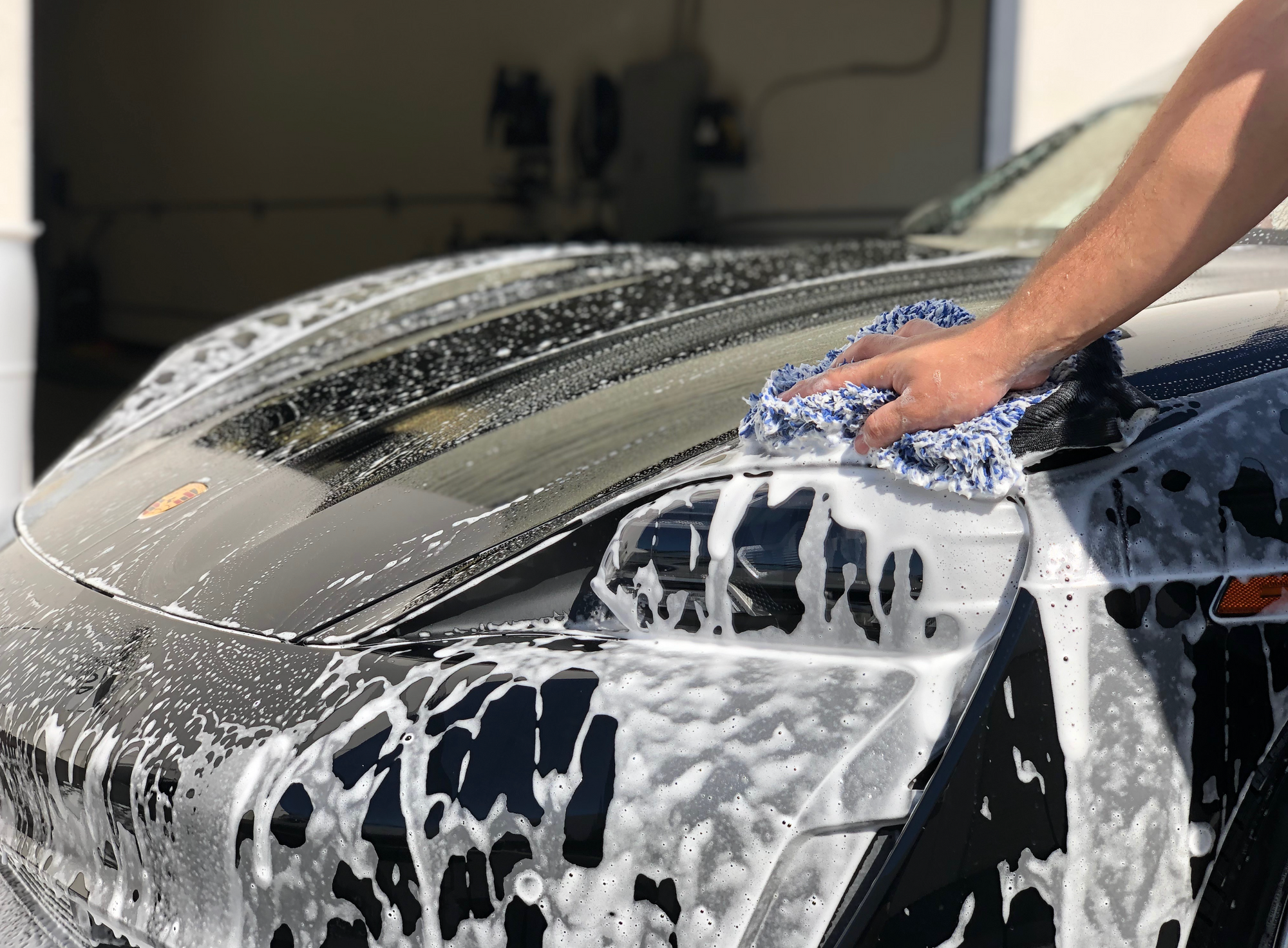Table of Contents
How to Prep Car for Winter
As the temperatures drop, you know winter is on its way — or maybe it has already arrived. While cold temperatures, ice, snow, and slush often come along with this chilly season, it doesn’t mean your car has to be in the deep freeze until the spring thaw. Consider these tips for helping prepare your vehicle for the cold and handling the cold weather best once it hits.
1: Check your tire tread, even if you have winter tires.
When getting your car ready for winter, be sure to inspect each tire carefully for tread wear and rotate them during every oil change.

If you drive in harsh winter conditions, it may be a good idea to get winter tires. Worn tires and winter driving create a particularly dangerous combination. They increase your stopping distance and decrease stability on wet roads. Even though most states have a 2/32-inch minimum tread depth standard, independent tests have shown that tire traction decreases dramatically once your tires wear beyond 4/32-in. You can try to slide by through winter on low tread, but that’s exactly what you’ll be doing — sliding. A single skid into the curb at five MPH can easily cause $1,500 worth of damage to suspension and steering components. Sure, insurance covers it. But you’ll have to pay the deductible and it counts as an at-fault accident, raising your premiums for years
2: Consider snow tires.

Winter tires could save your life. Winter tires provide much more traction on snow, getting you started 33 percent faster from a stop sign and reducing your stopping distance by almost 30-ft. compared to all-season tires. Winter tires even perform better on ice, stopping you 48 percent faster and reducing side skid in turns. A set of four winter tires costs $600 or more, depending on your wheel size. If you have the tires mounted on your existing wheels, you’ll have to pay a shop to swap them each spring and fall. Sure, winter tires cost a lot. But consider what you get for your money.
With better stopping distance and handling in turns, winter tires can prevent a potential at-fault accident. If your collision deductible sits in the $500 to $1,000 range, winter tires could actually pay for themselves in a single season if they keep you out of an accident.
3: Change your antifreeze.
Engine coolant does more than protect your engine from freezing and cracking. Coolant also contains anti-corrosive additives and water-pump lubricants to keep your entire cooling system in tip-top shape.
Test the level of your coolant’s freeze protection using an inexpensive tester. Suck in some coolant from the coolant reservoir and read the results on the scale printed on the tester. But don’t stop there. Just because coolant tests OK for freeze protection doesn’t mean the additives still provide protection. To check that, you’ll need a digital multimeter. Begin with a cold engine. Remove the radiator cap and start the engine. Set your digital multimeter to DC volts at 20 volts or less. When the engine reaches operating temperature, insert the positive probe directly into the coolant. Rev the engine to 2,000 rpm and place the negative probe on the negative battery terminal. If the digital meter reads .4 volts or less, your coolant is in good condition. A reading greater than .4 volts shows the additives are exhausted, and you may be in the market for a new radiator, a water pump or a heater core. All of those repairs cost far more than a simple coolant change.
4: Replace your wipers
Ordinary wiper blades get packed with snow, causing the blade to streak or miss large swaths of your windshield. Winter wiper blades eliminate that problem. A rubber boot encloses the entire blade, preventing ice and snow from sticking or packing. They make for much better visibility and safer winter driving. Remove your old wiper blades and store for use again next spring. Then snap on the winter wiper blades and see clearly all winter. Clean your car’s headlights to see clearly during the long nights of winter.
5: Inspect your battery.
Car batteries have a limited life. Don’t wait for yours to fail and leave you stranded. You can check the condition of the battery, starter, and entire charging system with a computerized battery tester. Besides testing voltage, a computerized battery tester checks for internal resistance and conductance, giving you a good idea of the battery’s overall condition. Plus, the tester also checks the condition of your starter and alternator. Make sure you buy a battery tester that works on conventional lead-acid batteries, as well as gel and absorbed glass mat (AGM) styles. That way you can use the same tester on your motorcycle and lawn and garden equipment.
Don’t want to invest in a tester? Most auto parts stores will test yours for free. And just in case, review how to jumpstart your car battery.
6: Protect your paint
Although you may be bundled up during winter, your vehicle is exposed to the elements all season. From the cold temperatures that cause ice or snow to the mag chloride and salts used to prevent black ice. Your vehicle is in need of additional protection to ensure your automotive finishes don't weather or degrade.
There is no better way to preserve and protect your vehicle for winter conditions than with our winter Prep Kits. Designed to have everything you need to protect during the harsh, cold months.

7: Drive Safely
Above all, safe and attentive driving is a sure way to ensure you and your family are safe during winter conditions. With the increase of snow, ice, and rain visibility, as well as driving conditions, become more hazardous. Plan ahead by taking more time to get to your destination to avoid speeding or tailgating which could greatly increase your likelihood of an accident. Buckle up and make sure your headlights are on to increase visibility for you and for other drivers.

